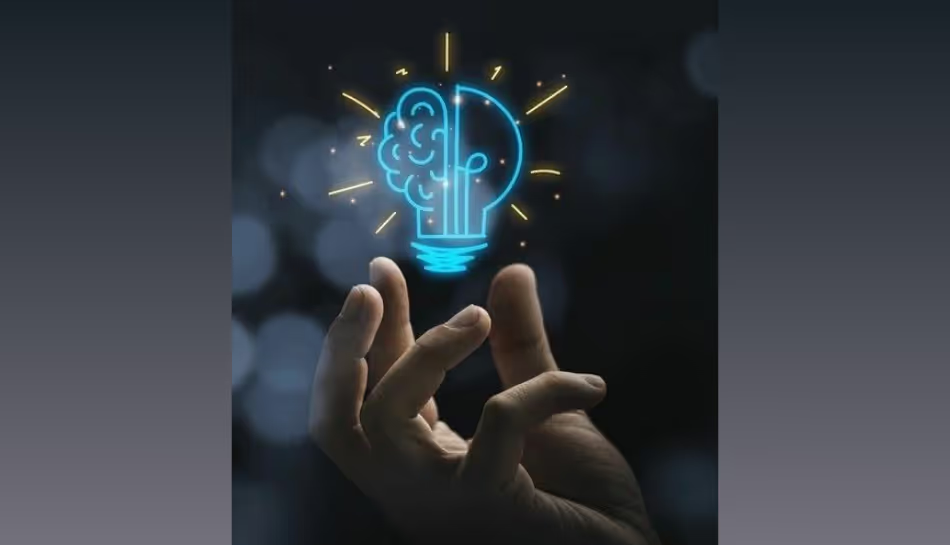What is Data Analytics?
Data analytics is the process of examining raw data to uncover patterns, trends, and insights that help businesses make better decisions. It involves using specialized tools and techniques to turn large amounts of data into understandable information on which you can take action.
For example, a retail store might use data analytics technology to track customer purchases. By analyzing this data, they can determine which products are most popular and when sales peak, helping them optimize their inventory and plan promotions accordingly.
Another example is in marketing. A company could analyze website traffic data to understand which pages attract the most visitors and what content leads to conversions. This insight helps businesses improve their online presence and tailor their marketing strategies for better results.
In healthcare, data analytics technology can be used to predict patient outcomes. By analyzing patient records and treatment histories, hospitals can identify patterns that help doctors provide more effective care.
Data analytics technology is all about making sense of information so businesses can improve efficiency, boost sales, and enhance customer satisfaction. It's a key tool for any modern organization looking to make smarter, data-driven decisions.
Frequently Asked Questions:
What is data analytics?
It involves looking through databases to find trends, patterns, and insights that might help with decision-making.
How does data analytics work?
It entails gathering data, cleaning it, processing it, and applying computational and statistical methods to analyse it.
What is the main goal of data analytics?
To turn raw data into meaningful information that can guide actions and strategies.
What are the key types of data analytics?
Descriptive, diagnostic, predictive, and prescriptive analytics.
Where is data analytics used?
in a variety of sectors, including manufacturing, retail, marketing, healthcare, and finance.
What skills are needed for data analytics?
Knowledge of statistics, data visualisation, programming, and critical thinking.
What tools are commonly used for data analytics?
Examples include Excel, SQL, Tableau, Power BI, Python, and R.
How does data analytics benefit a business?
It helps optimise operations, improve customer experience, reduce costs, and increase revenue.
What makes data analytics different from data analysis?
While data analytics is a more comprehensive process that involves collecting, cleaning, analysis, and interpretation, data analysis simply the act of looking at data.
Is data analytics the same as big data?
No, big data refers to very large and complex datasets, while data analytics is the process of extracting insights from data, big or small.


